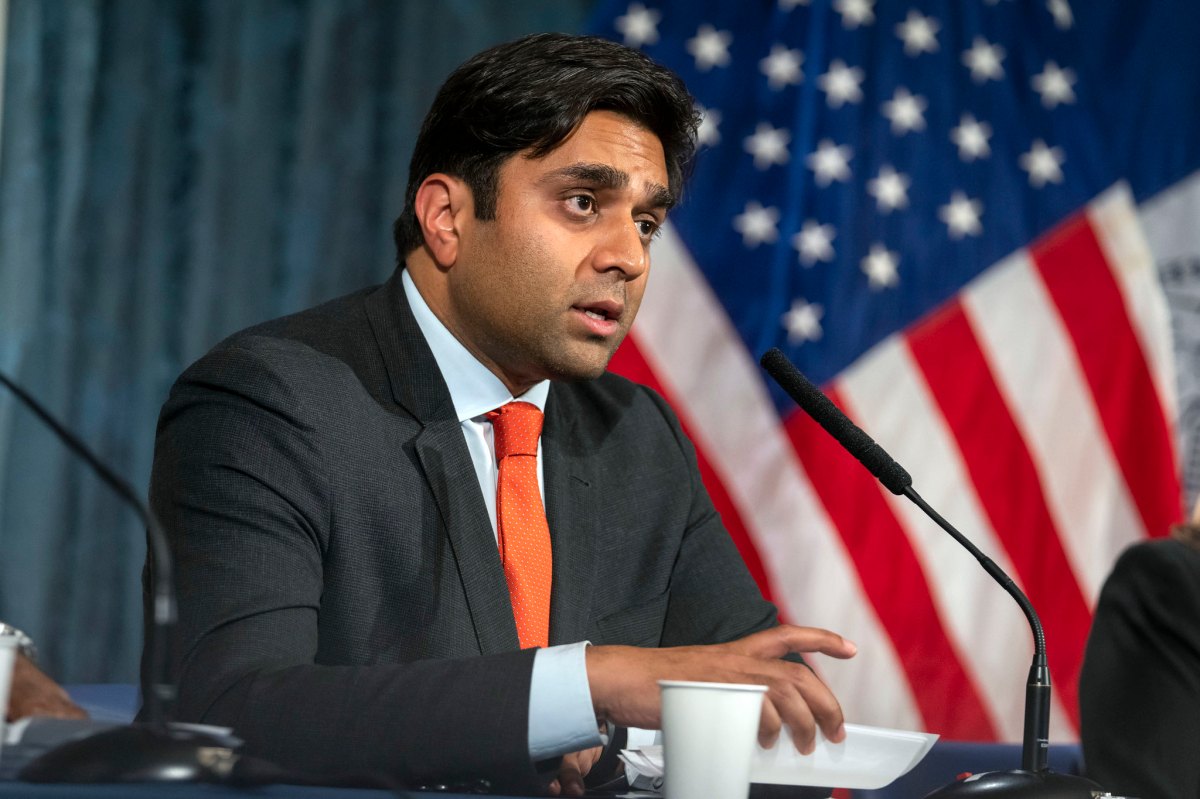By Daniel Israeli
As the start of the new school year approaches, the new community education councils will enter their second year in existence, after replacing the old community school boards last July. Public schools will officially open across the city on Thurs., Sept. 8, and the council for local District 2 is ready to facilitate the needs of its community’s schools.
After the councils initially failed to become implemented in 2003, due to an inability to conduct city hearings and reviews in time for the school year, the 32 councils, one for each district in the city, were finally established last year. The creation of new “parent-led” district councils was part of Mayor Bloomberg’s effort to revamp the city’s public school system, by giving the parents of the community a voice in the quality of their children’s education. Each council serves as an advocate for their given district, and addresses the issues and problems that the community is vocal about.
The community education council for District 2 is coming off a successful inaugural year in 2004-’05, and plans to continue their efforts in the upcoming school year. District 2 Council President Michael Propper is clear on what the council is expected to do for its given community. “Our main goal is to address the issues set forth by our constituents, [that] being the parents of the community,” he said. “We have evolved in this past year into a professional and disciplined voice, a line of communication between parents and school administrators,” he added. In their first year, issues that the local C.E.C. tackled ranged from installing air conditioners in the sweltering classrooms at Clinton Middle School to obtaining additional funding for the New York City Museum School. In fact, the council was able to lure Schools Chancellor Joel Klein to attend a meeting on the latter matter, which ultimately led to more funding. Another issue they addressed was problems in the district’s math department, which they chose to remedy by setting up math forums.
With the school year steadily approaching, one issue that concerns both the C.E.C. of District 2 and the Department of Education as a whole is getting the word out on public school registration. Propper has stated that the District 2 council plans on changing the current middle school application process by making it more convenient and accessible to parents. Another major issue that the council will have to address this year is the overcrowding of city schools, a huge topic of debate in the upcoming mayoral election that Democratic opponents are trying to hammer Bloomberg on. Under Bloomberg’s educational reforms, districts have been marginalized into bigger regions, but the concern of overcrowding in schools still remains.
Each of the 32 councils is made up of nine parents, two members appointed by borough presidents, and a nonvoting student. Elections are held every two years for every member of the council. When asked if there was a power struggle between the parents and borough president appointees in the council, Linda Lumpkin, of the Region 9 Learning Support Center, mentioned that it certainly wasn’t the case. “The councilmembers vote on several matters, and no appointee has any more power over the other,” she said.
As for whether these new councils represent any major improvement compared to the old community school boards, Propper said it’s hard to really gauge whether in fact there has been. “I can’t really draw a comparison, only that there is no real jurisdiction amongst our council,” he said. “In addition, we include the aspect of parental involvement that the old boards lacked.”
For now, Propper and the rest of his councilmembers are ready to take on the new year, and hope to get some help from Bloomberg in making their dreams of educational reform a reality. “I’m cautiously optimistic,” he said. “But we will work with him [Bloomberg] cooperatively to make things better.”




































